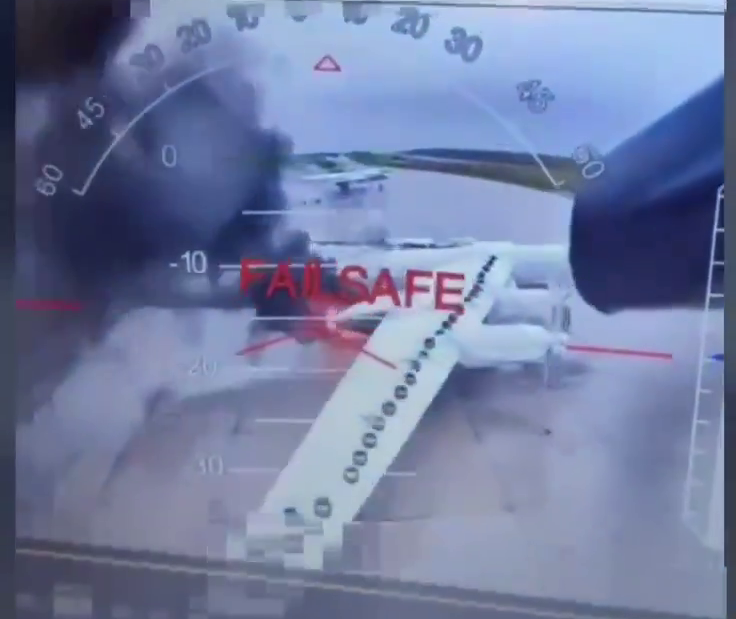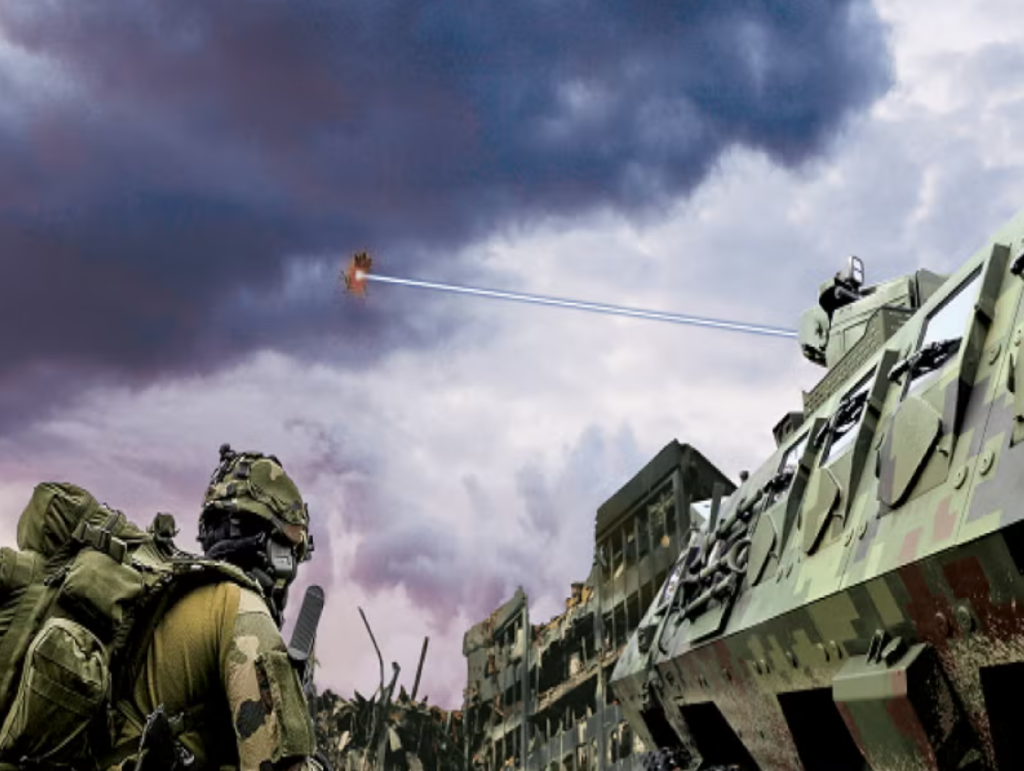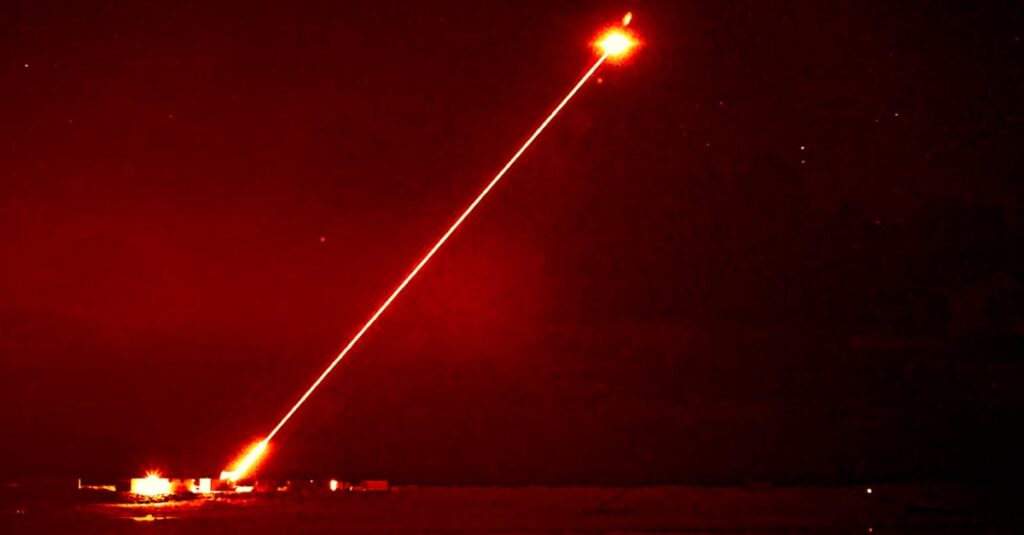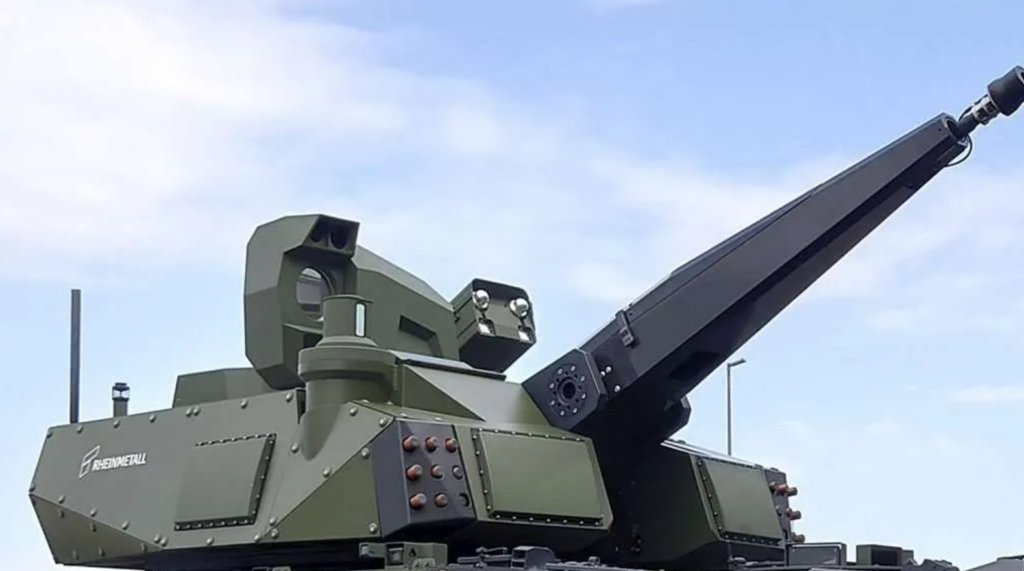Italy to Lead EU Mobile Laser Air Defense Weapon Project
On May 27, 2025, the EU Council (meeting in Brussels) formally approved a new EU defense project called “Directed Energy Systems.” This PESCO initiative, led by Italy and Spain as partners, will develop mobile laser weapon systems for short-range air defense. It aims to integrate high-energy laser modules (10–100 kW class) on military vehicles to counter drones, cruise missiles, and other aerial threats. As a PESCO project, it falls under the EU’s Permanent Structured Cooperation framework, the bloc’s primary defense capability development scheme, reflecting Italy’s leadership in driving European air defense innovation.

The war in Ukraine has shown that small, medium and larger unmanned aerial systems are a considerable threat which is evolving rapidly. This has given fresh impetus to laser weapon development as a cost-effective means of successfully engaging rapidly evolving aerial threats.
Industry and defense organizations from Italy and beyond are expected to collaborate on this program. For instance, Italy’s Leonardo and the pan-European missile group MBDA recently signed a memorandum to co-develop a laser weapon. MBDA will lead the high-power laser beam generation while Leonardo provides beam direction and targeting systems. Other EU defense contractors (for example, Spain’s Airbus Defence or Indra) could participate under national delegations. By pooling expertise this way, the project exemplifies the EU’s strategy of reinforcing its defense industrial base and stimulating defense innovation across Europe.

The DES project was unveiled as one of 11 new PESCO initiatives at the Council meeting on May 27, 2025. It marks the start of PESCO’s second phase (2025–2029), which aims to address urgent capability gaps. Recent conflicts in Ukraine and the Middle East have shown how swarms of low-cost drones and cruise missiles can overwhelm conventional defenses, underscoring the urgent need for innovative solutions. Laser-based air defense promises near-instant interception with effectively unlimited ammunition (limited only by power supply). Notably, the project envisions a modular, scalable DEW design interoperable across EU forces, with a deep “magazine” of fire and a minimal logistical footprint. The DES system will feature an advanced command-and-control (C3) architecture (threat evaluation, tracking sensors, and automatic targeting) to ensure rapid response.

The DES project demonstrates Italy’s strong leadership in defense innovation and emphasizes the European Union’s commitment to developing joint military capabilities to address modern security threats. Small, fast, and low-cost threats such as drones and precision-guided weapons have become commonplace in combat. Traditional defenses are often too slow or expensive to address. By investing in laser weapons, the EU is enhancing its defense with smart, flexible systems that can respond quickly and operate across many missions. These laser systems will help European forces remain prepared for both current and future threats. They will enhance protection for troops, equipment, and key infrastructure while keeping the EU at the forefront of military technology.

